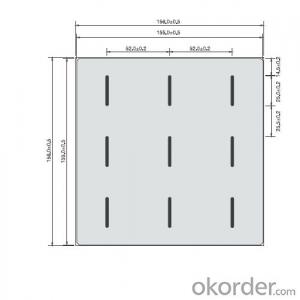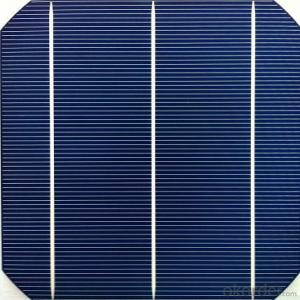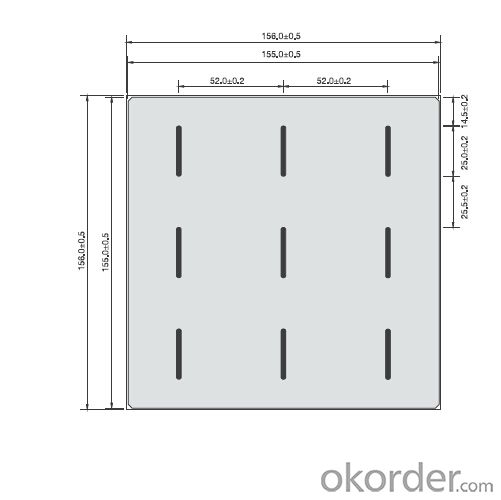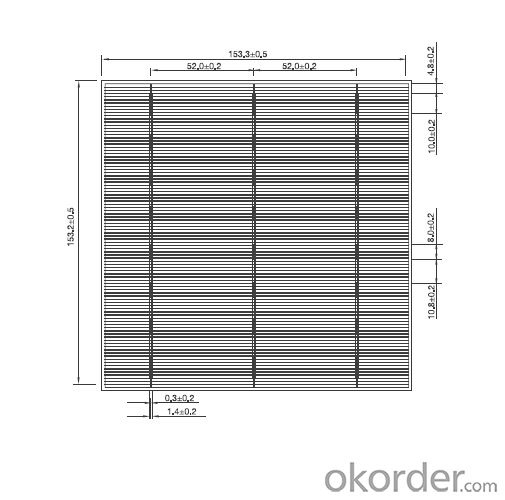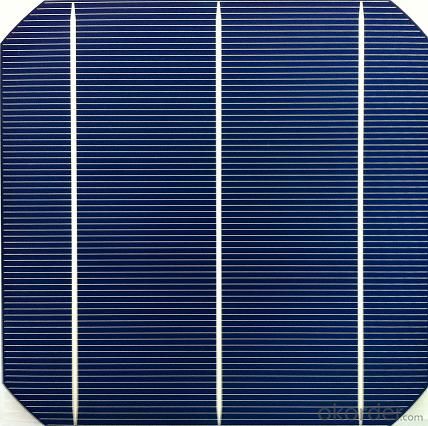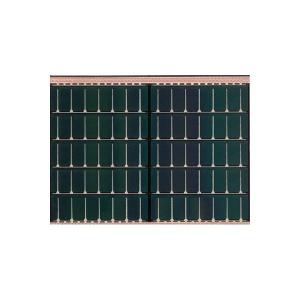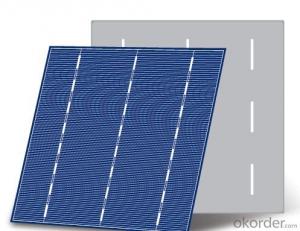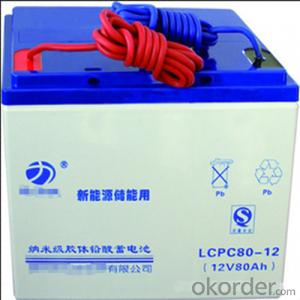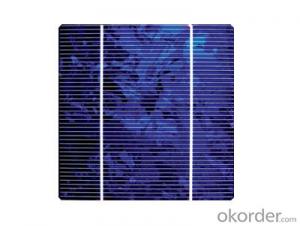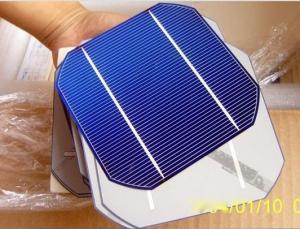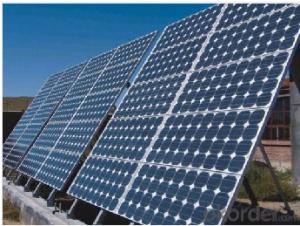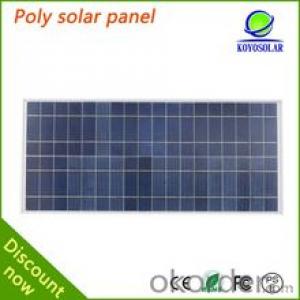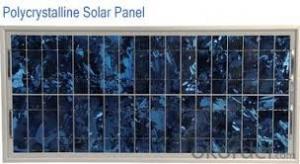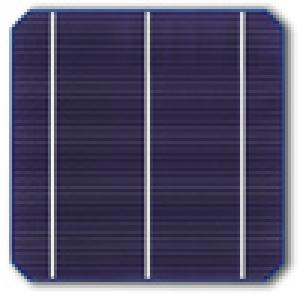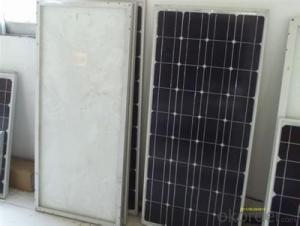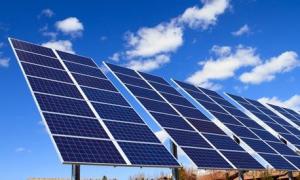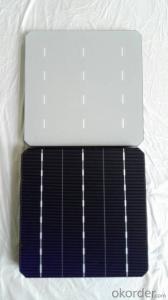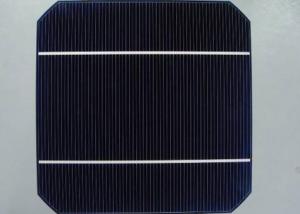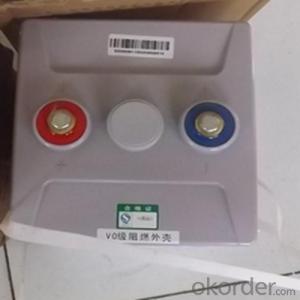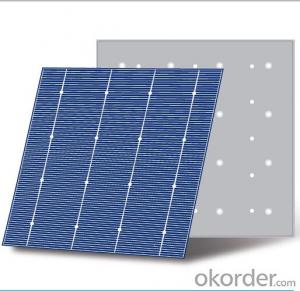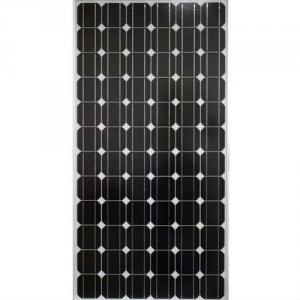Flexible Solar Cells for Sale - Mono Cell Jac M6SR-3 (Cypress2)
- Loading Port:
- China Main Port
- Payment Terms:
- TT OR LC
- Min Order Qty:
- -
- Supply Capability:
- -
OKorder Service Pledge
Quality Product, Order Online Tracking, Timely Delivery
OKorder Financial Service
Credit Rating, Credit Services, Credit Purchasing
You Might Also Like
JACM6SR-3 3BB CYPRESS2 MONO SOLAR CELL
JA solar's high effciency mono cell, manufacturing modules with more than 275W(6x10)and 325W(6x12)power putput becomes easier than ever.
Futures:
Format:156mmx156mm±0.5mm
thickness:210um±30um
Front:1.4mm bus bar(silver).blue anti-reflecting coating(silicon nitride)
back:2mm wide solding pads(silver)backsurface field(aluminum)
Data sheet
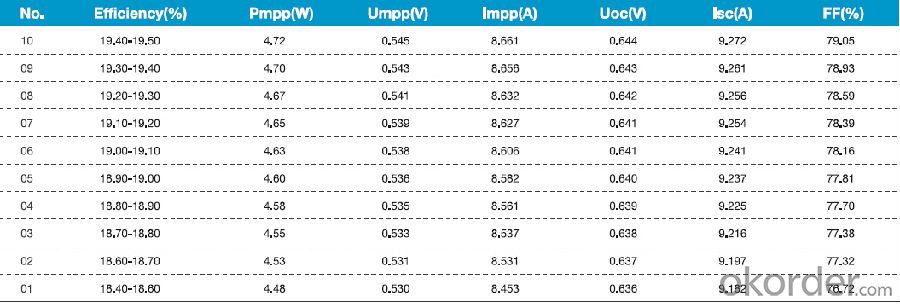
- Q: What is the most common type of solar cell?
- The most common type of solar cell is the crystalline silicon solar cell.
- Q: Can solar cells be used in satellites?
- Yes, solar cells can be and are commonly used in satellites as they provide a reliable and efficient source of power by converting sunlight into electricity.
- Q: Can solar cells be used in water?
- Yes, solar cells can be used in water. However, it is important to note that the efficiency of solar cells decreases when submerged in water due to reduced sunlight penetration. Additionally, precautions must be taken to ensure the waterproofing and insulation of the solar cells to prevent any damage or electrical hazards.
- Q: What is the pollution of solar cells?
- the city warehouse classification storage; 5, centralized custody, waiting for the introduction of domestic waste battery recycling technology; 6, increase the size of the battery recycling; 2, regular hand-site acquisition; 3, battery classification (ordinary battery, button batteries)
- Q: Can solar cells be used for powering irrigation systems?
- Yes, solar cells can be used for powering irrigation systems. Solar energy can be converted into electricity through solar cells, which can then be used to power irrigation pumps and other components of the irrigation system. This provides a sustainable and environmentally friendly way to meet the energy needs of irrigation systems, especially in remote areas or regions with limited access to the electricity grid.
- Q: What is the impact of bird droppings on solar cell efficiency?
- Bird droppings can have a negative impact on solar cell efficiency as they can block sunlight from reaching the surface of the cells, reducing their ability to generate electricity. Additionally, the acidic nature of bird droppings can cause damage to the protective coatings on the solar cells, further decreasing their efficiency. Regular cleaning and maintenance are necessary to mitigate the effects of bird droppings on solar cell performance.
- Q: What are the short-circuit currents of solar cells affected by the factors?
- Amorphous silicon cells: film thickness, membrane material conductivity, leakage, TCO conductivity, battery width, etc. are the factors
- Q: Can solar cells be used for telecommunications infrastructure?
- Yes, solar cells can be used for telecommunications infrastructure. Solar cells can generate electricity from sunlight, making them an ideal renewable energy source for powering remote telecommunications towers, base stations, and other infrastructure. They can provide a reliable and sustainable power supply in areas where grid electricity is unavailable or unreliable, reducing dependence on fossil fuels and minimizing operational costs.
- Q: How can I buy the solar cells wholesale ?
- You can send your bidding terms to many solar cell factories by email, and let them quote the price for you. You can decide which company that gives you the best wholesale price.
- Q: What is the role of bypass diodes in shading situations?
- The role of bypass diodes in shading situations is to minimize the impact of shade or partial shading on the performance of solar panels. When a solar panel is partially shaded, the shaded cells can create a significant drop in voltage, reducing the overall electrical output. Bypass diodes are connected in parallel with the shaded cells, allowing the current to bypass the shaded area and flow through the diode. This helps to maintain a higher voltage and prevent the shaded cells from negatively affecting the performance of the entire solar panel.
Send your message to us
Flexible Solar Cells for Sale - Mono Cell Jac M6SR-3 (Cypress2)
- Loading Port:
- China Main Port
- Payment Terms:
- TT OR LC
- Min Order Qty:
- -
- Supply Capability:
- -
OKorder Service Pledge
Quality Product, Order Online Tracking, Timely Delivery
OKorder Financial Service
Credit Rating, Credit Services, Credit Purchasing
Similar products
Hot products
Hot Searches
Related keywords
